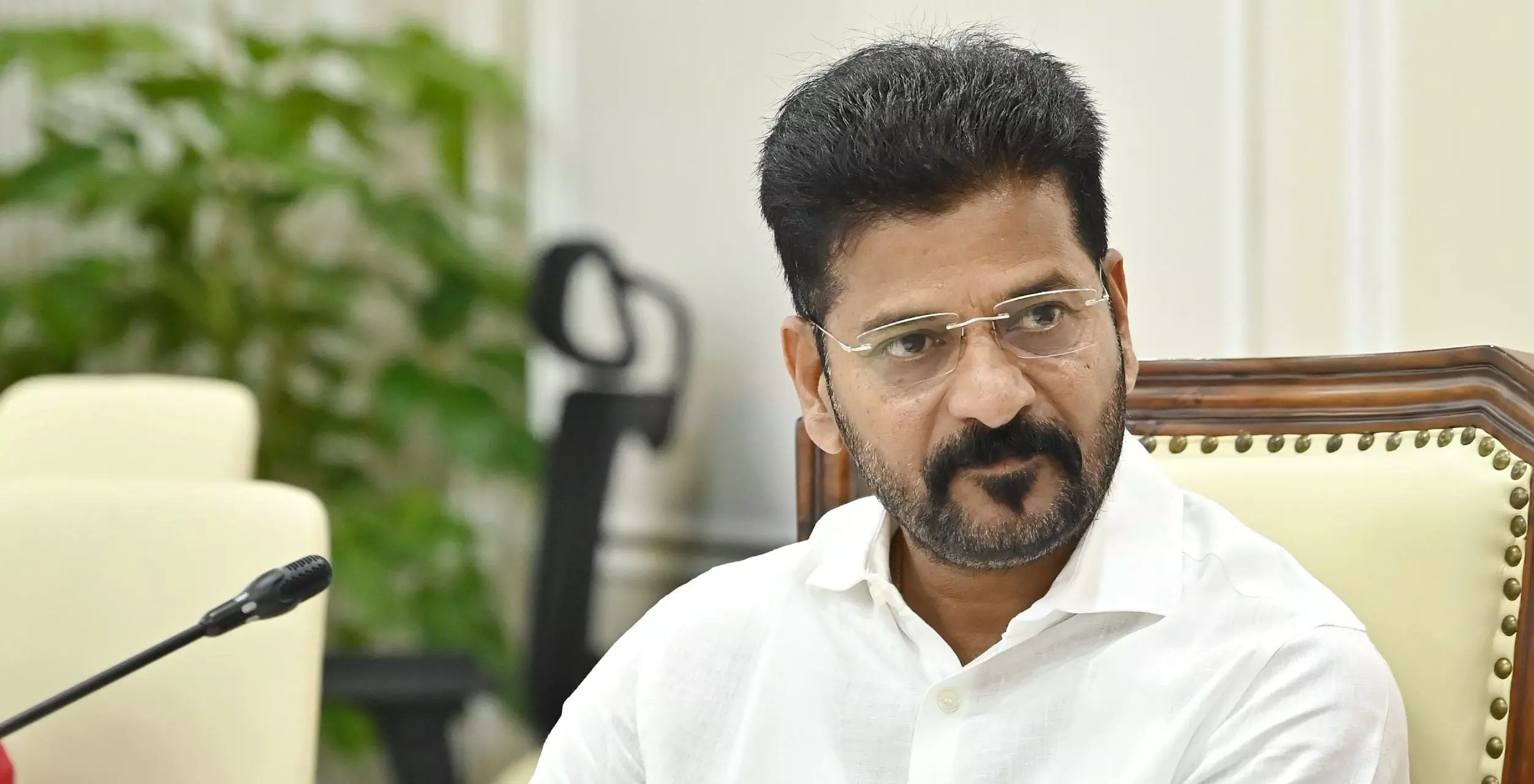Telangana’s Caste Census Reveals BC Majority, Political Impact
Telangana’s caste survey report highlights BC majority, policy shifts, and political strategies ahead of state elections and local body polls.
image for illustrative purpose

The Telangana government’s caste survey, aimed at shaping policy through demographic insights, has revealed figures that align closely with the 2011 Census. The final report, set to be tabled in the Assembly on Tuesday, is expected to play a pivotal role in upcoming political strategies and social welfare planning. The findings arrive at a crucial time, preceding Telangana’s local body elections scheduled for later this month.
Conducted as part of the Socio-Economic, Educational, Employment, Political, and Caste (SEEEPC) survey, the exercise covered 96.9% of households across Telangana. A total of 94,863 enumerators and 9,628 supervisors collected data from 94,261 enumeration blocks, with information subsequently digitized by 76,000 data entry operators within 36 days. The Centre for Good Governance developed the digital framework for data collection.
Backward Classes (BCs) make up 56.33 per cent of Telangana’s population.
Scheduled Castes (SCs) constitute 17.43 per cent.
Scheduled Tribes (STs) account for 10.45 per cent.
Other Castes (OCs), including OC Muslims, form 15.79 per cent.
Despite extensive outreach, 3.1 per cent of households remained outside the survey, with some homes locked and others refusing participation. Telangana Minister Uttam Kumar Reddy noted that operational challenges included misclassified households and hesitation among certain families to disclose caste data.
The Congress-led Telangana government asserts that the caste survey will facilitate data-driven governance and targeted welfare policies. Minister Uttam Kumar Reddy, who oversaw the survey, described it as a step toward social justice, emphasizing that the data will refine existing schemes and shape future programs to ensure equitable resource distribution.
The survey's findings are expected to influence decisions on job reservations, financial assistance programs, and educational opportunities for underrepresented groups. Political parties are likely to leverage the data to strengthen their outreach ahead of the upcoming elections.
The latest figures largely align with historical population trends. The SC population has increased from 54.09 lakh in 2011 to 61.84 lakh, while the ST population has grown from 31.78 lakh to 37.05 lakh. The Backward Classes, previously estimated at over 50 per cent by state agencies, are now officially documented at 56.33 per cent, including 10.08 per cent from the Muslim community.
Dr. Srinivas Goli, a demographer from the Indian Institute of Population Sciences (IIPS), noted that the caste composition remains consistent with National Family Health Survey-4 estimates and the last official Caste Census conducted in 1931.
The release of the survey data coincides with an ongoing demand for increased BC representation in politics. In the 2023 Assembly elections, the Congress allotted 34 tickets to BC candidates, while the BJP fielded 45 and the Bharat Rashtra Samithi (BRS) nominated 22.
BC leaders have renewed calls for political reservations proportional to their population share. Activist R Krishnaiah argued that BCs, forming over half of Telangana’s population, should receive reserved legislative seats. Currently, there is no political reservation for BCs in Telangana or at the national level.
Political analysts suggest that BC groups such as Gouds, Munnuru Kapus, and Yadavs played a significant role in the Congress’ recent electoral victory over the BRS. The BJP, aiming to expand its base in Telangana, is also actively engaging BC communities.
As the state prepares for local body elections, BC groups are pushing for increased representation. At a recent public meeting, Krishnaiah urged the Congress government to ensure 42 per cent reservation for BCs in upcoming polls. Similar demands have been echoed by BC activists across party lines.
The survey’s enumeration of OCs at 15.79 per cent, including OC Muslims, has sparked debate. Krishnaiah contends that BC numbers should have been recorded at 52 per cent excluding BC Muslims, arguing that the OC category’s expansion has diluted BC representation. This issue is expected to be a key topic in upcoming election campaigns.

